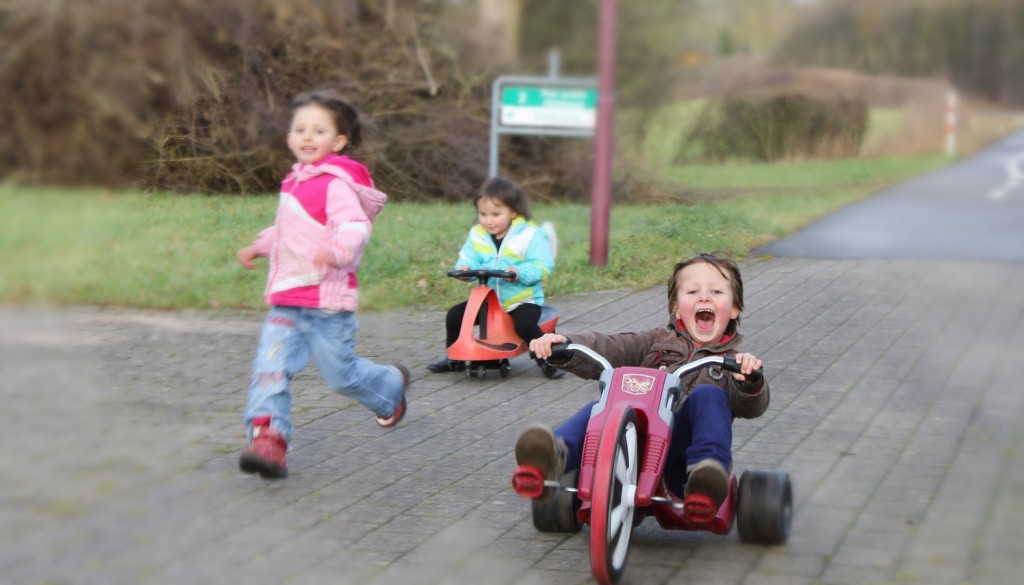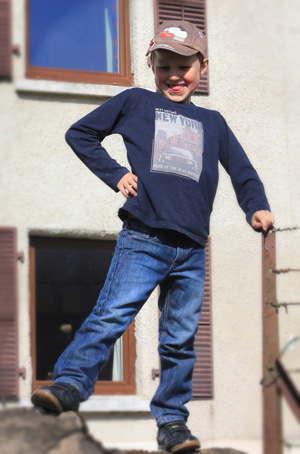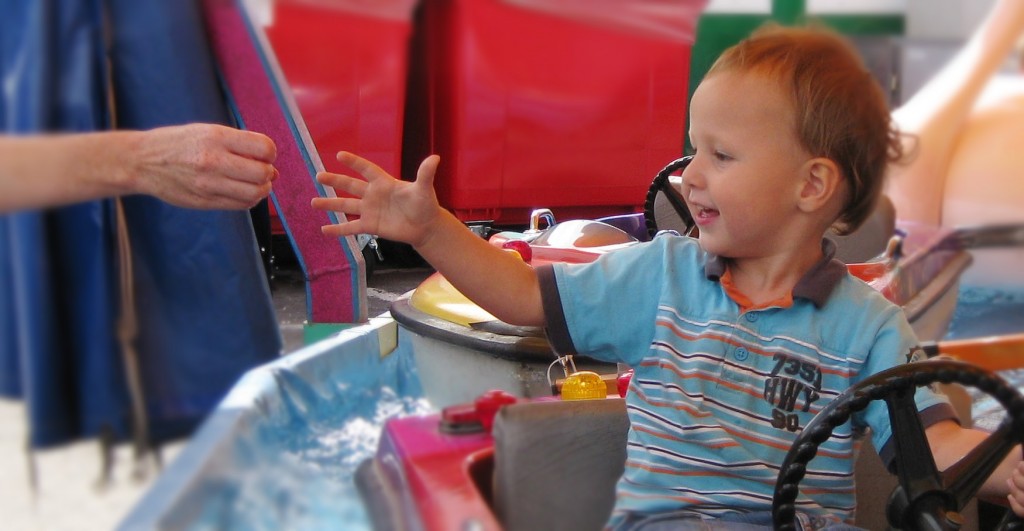Every Child Needs a Champion. Every Parent Needs a Champion.
There is a message to professionals that I hope to share and the Passage platform seems like a good place to start.
So, I write this piece from the perspective of a parent with a child who needs an advocate. The advocate is the person who has the responsibility to communicate clearly the needs of a child and ensure those needs are answered. Here I draw on my experience as a professional in hopes to relate to other professionals about how they can help or be a part of the advocacy process. Professionals play an essential role in not only helping a parent know how to best support a child, but also in becoming an authoritative part of a parent’s support network. As a professional, you impart critical information that is respected and accepted as pertinent. Also being in a position of knowledge, you have a powerful influence about how parents and others view a child. This article is anecdotal, I do not pretend here to have researched extensively to find data to support the suggestions and principles listed. But I write from personal experience in the U.S and in Luxembourg.
What is Advocacy?: A Story Definition
I remember a lecture given by the master educator Rita F. Pearson (2013) entitled “Every Kid Needs a Champion.”
She relates the experience with a young student who on a test received a score of 2 out of 30. She put a +2 on the paper and a giant smiley face.
The student approached her astounded and asked, “Ms. Pearson, is this a Fail?”
“Yes,” she responded.
The student pointed to the smiley as if for explanation.
“+2 is something and next time you will do better.” Ms. Pearson stated truthfully. The student did improve the next time.
Advocacy in brief is helping your student and others who work with him to see the +2. As a professional you will often participate in evaluations that show clearly the -28. Also parents when placed in an advocacy position hope to help their child who faces significant challenges. Chances are that there are diagnoses, files, and reports that demonstrate plentifully what is “wrong.” And while truthful and enlightening, these reports don’t always help with the most important step. “What’s next?”
When professionals are faced with a +2 student, they face a complex and daunting task about how to proceed. They must find a way to support a student in moving up the scale. This task becomes much easier when the +2 can be clearly seen. Then getting to +3 often becomes not only logical but possible.
Finding the +2: Positive Perspective
I learned this important lesson from one of the first evaluators who worked with my son when she clearly showed me what was possible when interacting with my son.
During this era I had a boy who could not interact. I was lucky to hold any kind of joint attention for more than a few minutes. One day in attempting to evaluate his level and capacity, the session had quickly deteriorated into ’scramble-after-the-boy’, doing everything possible to keep him safe. During this game for a brief minute, I managed to capture his attention, and together we began a fire-truck drawing. Then he was off spinning and bumping his way down the corridor. “He’s gone.” I lamented, my voice reflecting all the emotion of watching my baby slip out of reach—to somewhere I couldn’t reach him. And in this moment the evaluator immediately pointed out that I had interacted. I had contact.
From this important paradigm shift I began to work with my son with the perspective of what I had done, what skills I did have. So it was with triumph eleven months later, we had learned to share the activity of rolling a ball back and forth for a few minutes at a time. Had I not been given the perspective of even those few minutes of joint attention, I would not have had the focus to build upon that small beginning. Hence the triumph of a shared activity could not have been celebrated, and probably not even recognized. All my energy would have been drained in the scrabble of day-to-day survival. Rather I had been shown the +2 and thereby could make it to +3.
Building on the +2: Hopeful Honesty
Dr. Ota (2014) in his book Safe Passage states, “Challenges seen for what they are and realistically assessed can lead to the mobilization of resources appropriate to the situation, leading to a ‘success experience’ and the growth of personal confidence” (p. 63).
Ms. Pearson’s student could never have achieved +3, if a clear +2 hadn’t been given and indeed celebrated. The key is the +2. Change that to -28 and you have only an overwhelming obstacle! I needed to understand that I wasn’t in the short-term working towards a child who could sit in a class of 17 other active children (the overwhelming obstacle). Rather I was working with increment of three toward five minutes then towards seven to ten minutes of joint attention. Both the honesty and positive were essential. The simple act of changing the impossibility to knowing my son was consistently capable of brief moments of joint attention showed me a logical next step and what goals to realistically set.
Getting to +3: Gorgeous Goals
A good goal is specific, attainable, and measurable.
Specific means you have to have a focused articulated starting and ending point. This means you have a clear base line of where you are starting from (a +2) and an accurate description of what completion looks like (a +3). For example, the student will consistently increase his ability of joint attention from three minutes to five minutes. This will be shown by the student attending typically with one other person in a shared activity for five minutes or more. This needs to be recorded in four out of six observations or recordings of a shared activity.
Attainable is the idea of going from +2 to +3, not to +20, or even to +7 or +8. Five years later, my boy still does not manage to sit still in class of 17 children, but he has with a one-to-one assistant maintained a typical learning level through ever increasing increments of shared attention. Working in increments of +1‘s and +2‘s tremendous progress has been achieved.
Measurable is a concrete quantity. I hoped for a son capable of joint attention. While this is “success”, it is more possible to record that ‘success happen for 5 minutes while reading a book together’. Implied in that measure is the more subjective or intuitive progress of what can be called ‘whole growth’. For example, the tradition of marking a child’s height on a kitchen doorway is a tangible measure of something much more. It is the same with goals, they are the marking points which give tangible proof of progress.
The accurate portrayal of where one is at the present allows for specific goals from day to day. The example shared above was an honest attempt with an honest result. Had I not started at this point of honesty, I probably would still be lamenting about what wasn’t possible — a boy capable of sitting quietly with attention in a classroom full of other fidgety youngsters.
The Giant Smiley Face: Accurate Record Keeping
The Head educator at an elementary school in the US, where I worked previously as a special educator, had a fond saying “Data driven decisions.” Data is information. The more data I have kept, the more accurate my vision. Always where I am headed is primary. Beginning with a clear understanding of where I am and where I want to be tomorrow, next week, in a year, and that indeterminate point of the future often labeled “success,”. This tends to focus my mind so that progress can be noted as it happens. Evaluations, goals, journals, and notes become discussions of celebration because as they are completed everyone has tangible proof that progress is being made.

Day of celebration. We are pedaling — two years of getting the body to be able to communicate across the mid-line. A whole new world awaits.
We have to record to remember. The reality of each day pressing and swallowing perspective challenges each of us. The more that is recorded the easier it becomes to continue on to +4, +5 ,+6. When I was able to present a graph to the school that showed 120% progress, of course they were motivated that they could with all their resources do as well. We were no longer working with a student who had the dangerous tendency to spill over tables when over-stimulated, but rather an amazing young personality who had tripled his capacity to attend in the past year. The giant smiley face performed its purpose wonderfully.
Further Information: Useful Links
Every Kid Needs A Champion: This talk by Rita F. Pierson – a teacher for 40 years – was presented at an official TED conference in May 2013. As cited on their official website, this is “a rousing call to educators to believe in their students and actually connect with them on a real, human, personal level”.
To view the video of Rita’s talk, please click onto the TED channel.
Further Information: Recommended Reading
Safe Passage: How Mobility Affects People and What International Schools Should Do About It* by Douglas W. Ota (2014) – Great Britain: Summertime Publishing
* Passage has a small library of books for parents to borrow. These titles are available. Please email us at passage.parents@gmail.com for more information.
Article by: Melissa Elenes who is a coordinator for Passage.
Last updated: Friday 8th January, 2016




